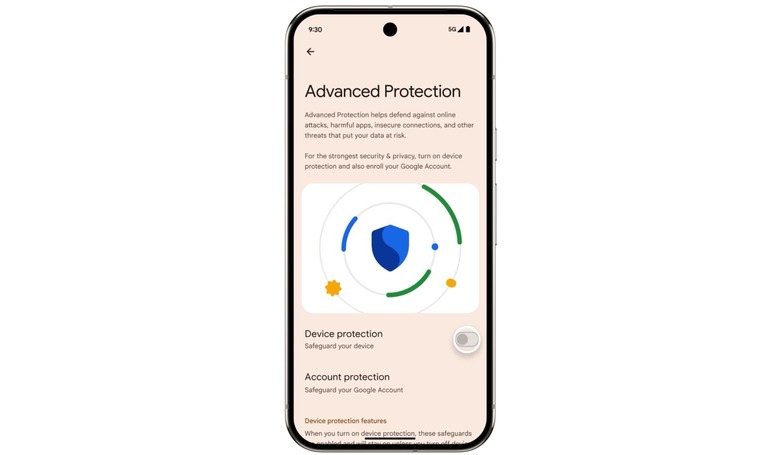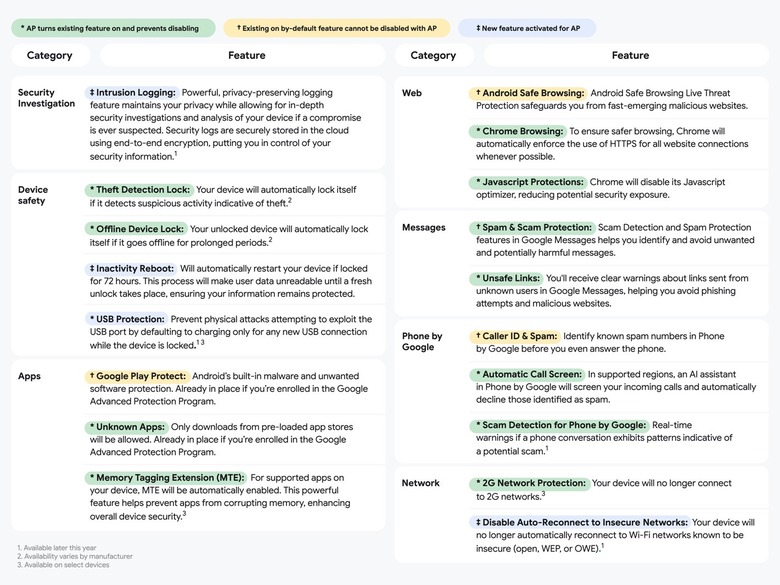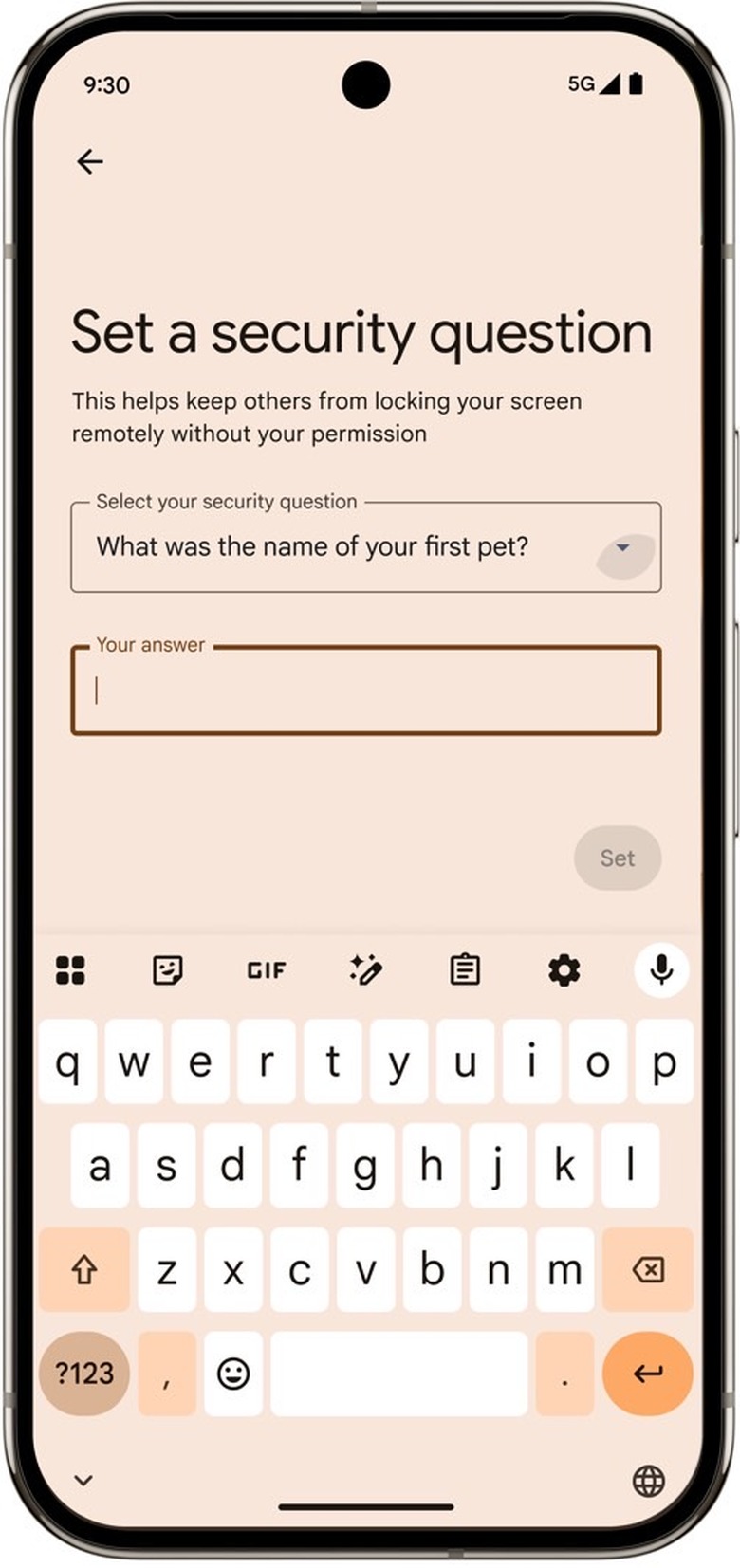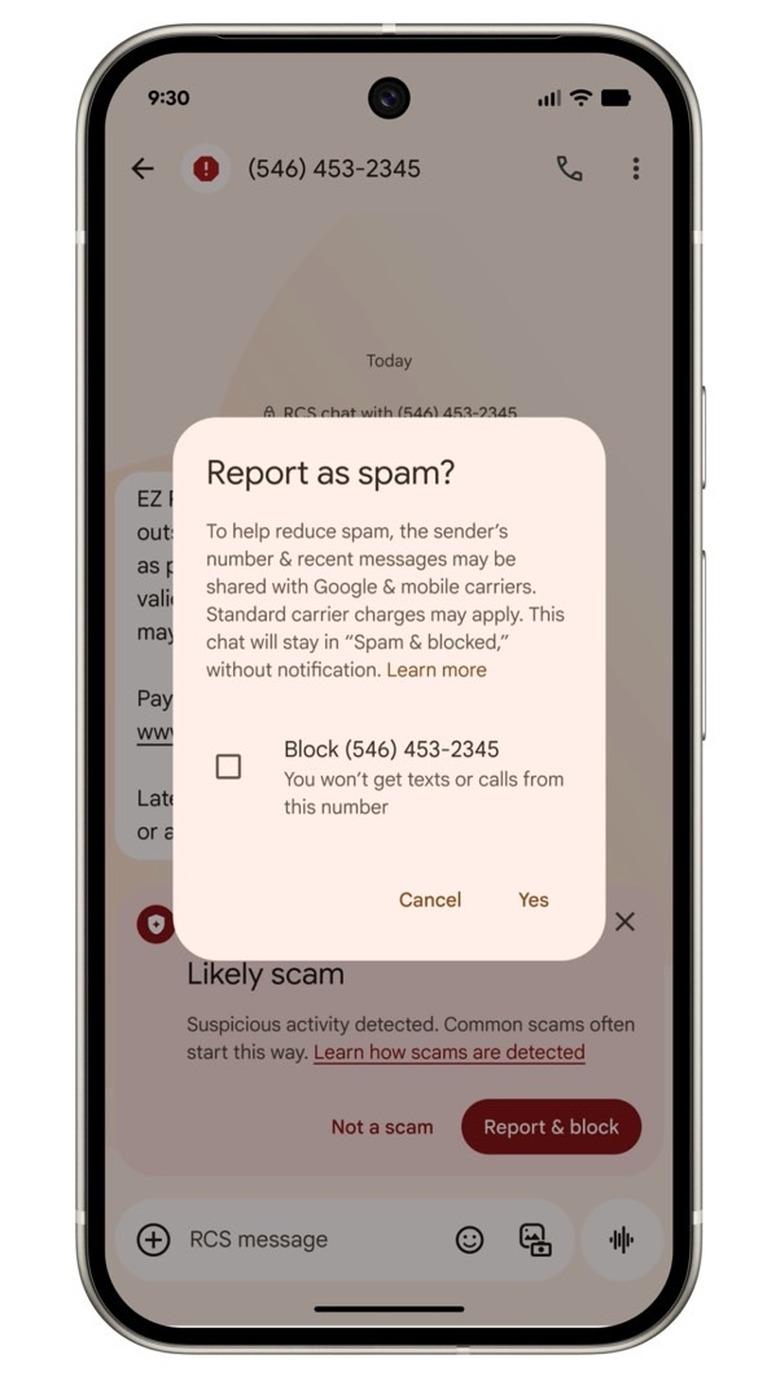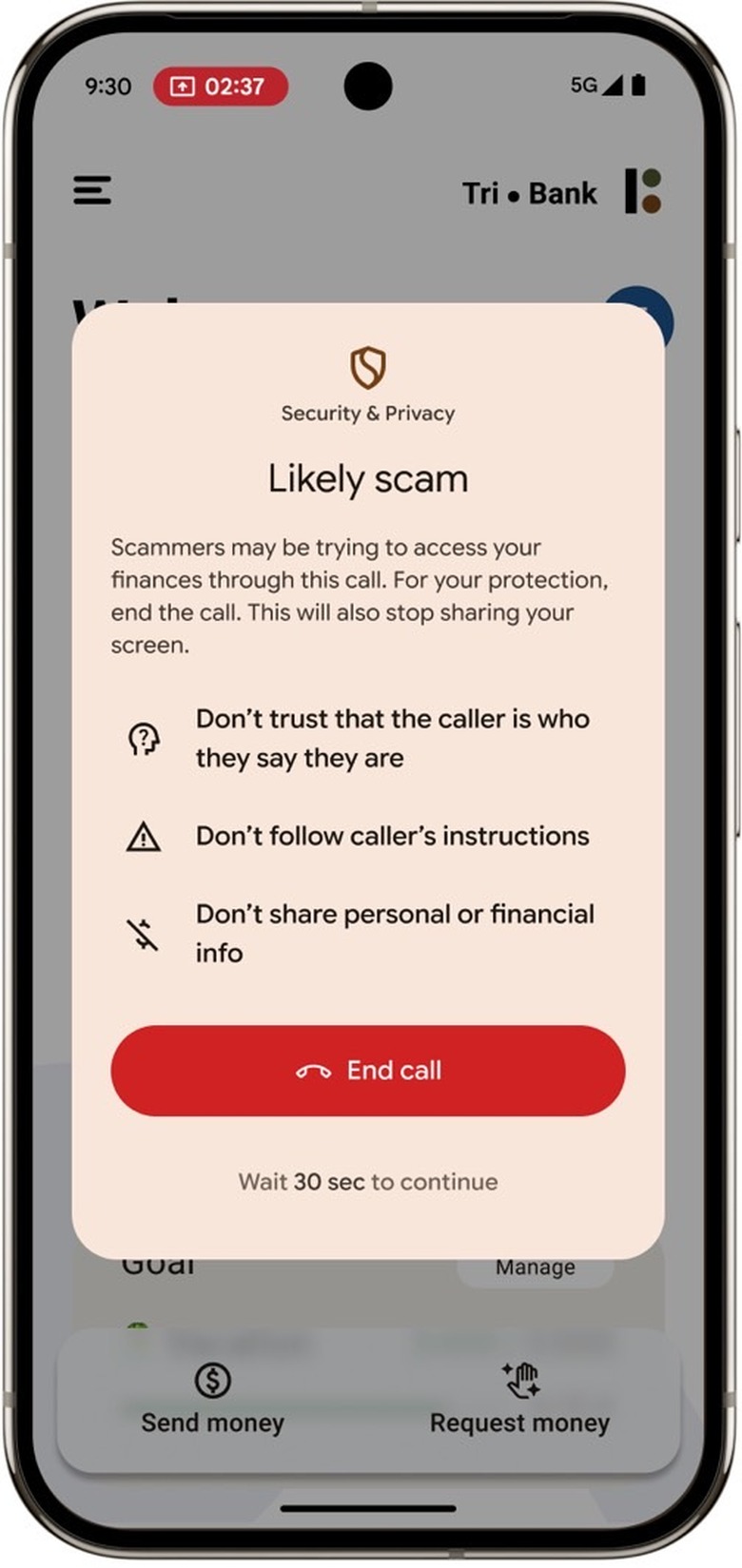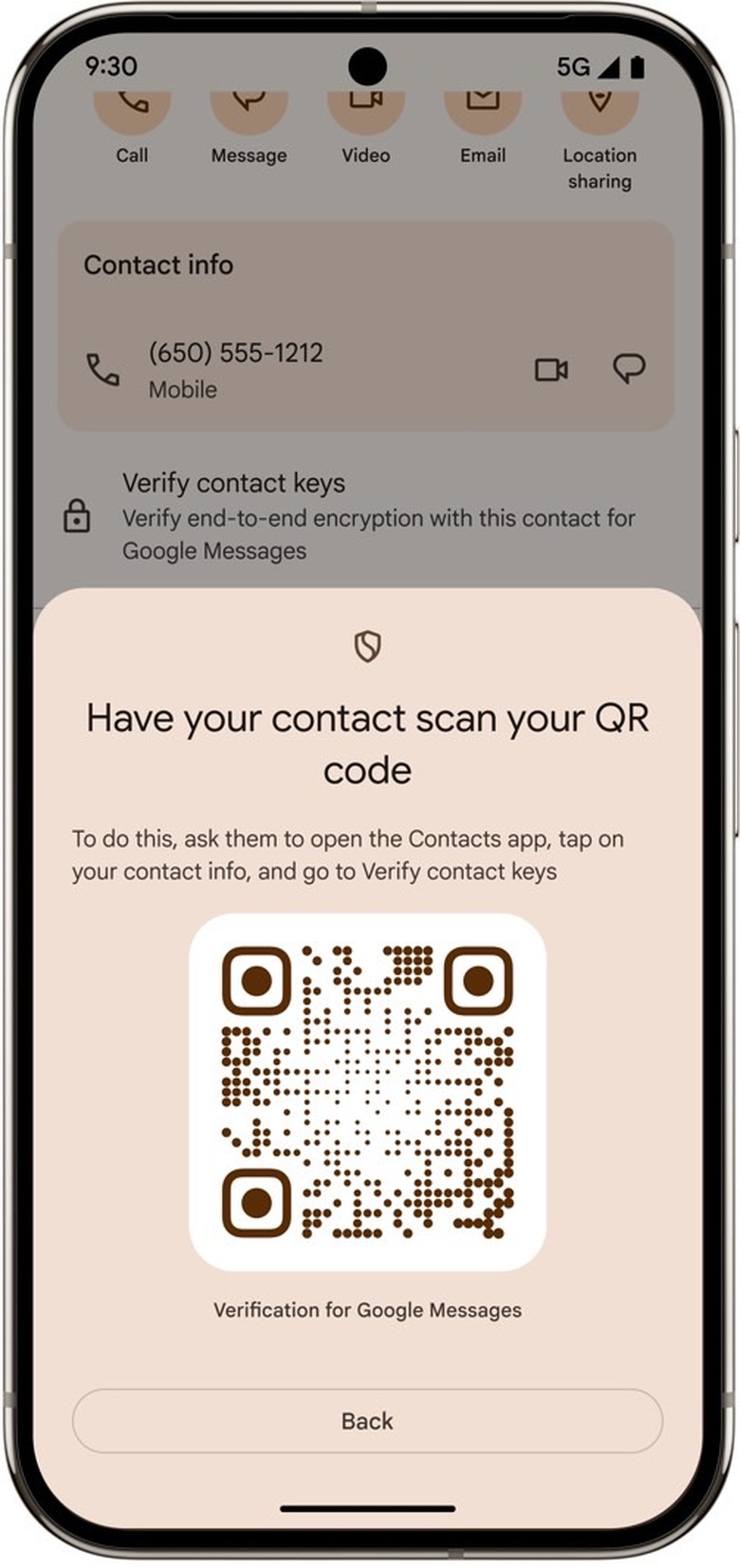8 New Android 16 Security Features That Will Make Your Phone Safer Than Ever
Google hosted its Android Show: I/O Edition on Tuesday to deliver all the Android 16 news that it won't have time to discuss next week when I/O 2025 starts. That keynote will probably contain so much Gemini and AI talk that Android will only come up in passing.
Tuesday's event had three big themes: Android 16 design, Gemini AI, and security. Security is of special interest lately, as hackers and scammers are now using AI to steal personal data and money from users. Thieves steal phones to sell them, and some try to extract user data from the devices beforehand. Also, some nation-states hack mobile devices to spy on high-value targets, from politicians to journalists to activists.
Google announced on Tuesday several big upgrades to Android that will keep you, your data, and your valuables safer than before. Some of these features are coming to Android 16 devices, while others will also beef up the security of older Android operating systems.
Advanced Protection
This is easily one of the most important security features coming to Android 16 devices. Google will let people who are at risk of being targeted by hackers and spies enable this powerful new security tool. Advanced Protection will lock a device's critical settings so that attackers cannot access them.
Advanced Protection will also log potential intrusions, prevent USB connections, and automatically disable joining insecure Wi-Fi networks.
Advanced Protection ensures that all Google apps respect the stronger security settings, including Chrome, Google Messages, and the Phone app. The feature will work with third-party apps in the future.
The list above gives you an idea of everything Advanced Protection can do for you on an Android 16 device.
Improved anti-theft features
Android 16 will also improve the anti-theft features Google has already built into Android. Google said that Remote Lock and Theft Detection Lock were used to protect data on hundreds of thousands of devices that may have been stolen.
More recently, Google launched an Identity Check feature on Pixel and Samsung One UI 7 phones, offering additional safety if your phone's PIN or password is compromised. The feature will be rolling out to more devices once Android 16 arrives.
Later this year, Factory Reset protections will restrict functionalities on devices that reset without authorization from the owner. Remote Lock will let you add a security challenge question to prevent unauthorized access.
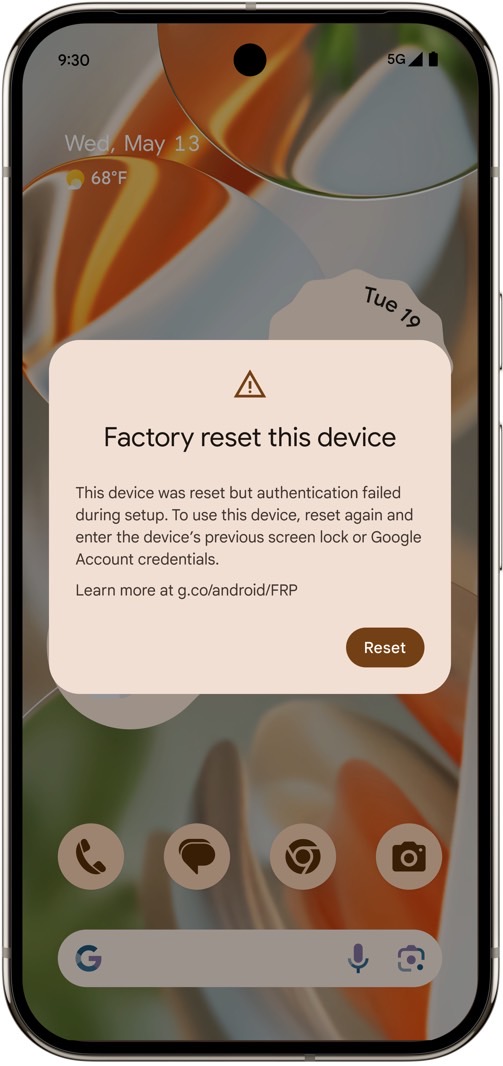
One-time passwords will no longer show up on the lock screen on devices that have not been recently unlocked or that were not connected to a Wi-Fi network.
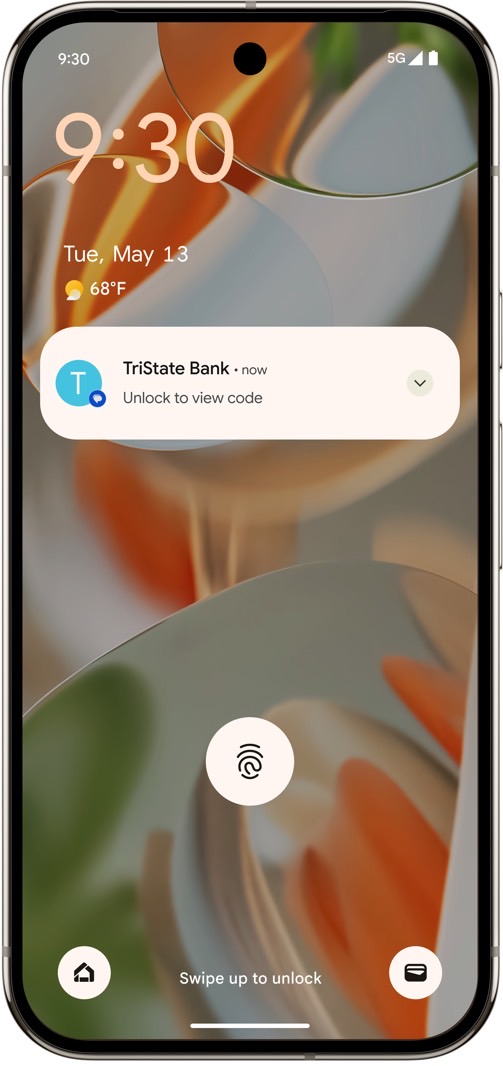
The Find Hub
Previously known as Find My Device, the Find Hub is the app that lets you locate the belongings you're tracking with all sorts of trackers, and track friends and family.
The new app will be available on devices running Android 8 or later. It'll work with Bluetooth and UWB taggers from various partners. The Find Hub also lets you track lost bags with airline partners and provides satellite location services.
The latter should be a handy feature for tracking friends and family even when there's no cellular or Wi-Fi connectivity available.
Scam Detection in Google Messages
Google recently launched the AI-powered Scam Detection feature in Google Messages and the Phone app to prevent malicious actors from extracting data or stealing money from users after initiating chats and calls.
Google is now improving Scam Detection in Google Messages to detect suspicious conversation patterns that might lead to scams. The feature works on-device, warning users about all sorts of potential scams.
Until now, Scam Detection has focused on detecting package delivery and job-seeking scams. Google is upgrading it to detect toll road and billing fee scams, crypto scams, financial impersonation scams, gift card and prize scams, and tech support scams.
Preventing risky actions in phone call scams
Some scammers will ask you to give them some sort of access to your device or perform some settings tweaks yourself to attempt to extract data or install malicious apps. Android 16 will deliver a new type of protection for such calls that should prevent such initiatives.
Android will prevent you from disabling Google Play Protect, sideloading an app from a browser or other source, and granting accessibility permissions to a newly downloaded app while you're on a call.
If you share your screen during a call, Android will tell you to stop once the call ends.
Older devices that run Android 6 or later will also get one of these features, the one that prevents you from disabling Google Play Protect while you're on the phone.
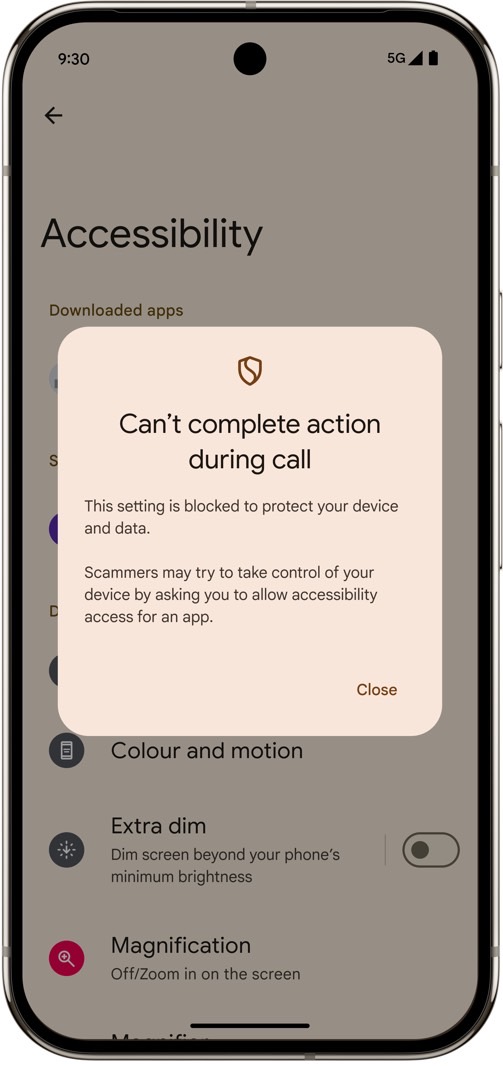
In-call protection for banking apps
Some hackers want to steal money from you directly, and they might try to convince you to use mobile banking apps to transfer cash to them during malicious calls. These attackers will impersonate trusted institutions or people; that's how they might convince victims to comply.
Google is launching a pilot program in the UK where the phone will warn you to end a call and stop sharing your screen when you're about to launch a banking app. The feature will work with three banks initially (Monzo, NatWest, and Revolut) and support Android 11+ devices.
If the pilot is successful, Google might give the security feature a wider rollout.
Key Verifier
Another way to ensure your safety on mobile phones is to be certain that the people you're texting are who they say they are. That's where Key Verifier comes in, a feature rolling out this summer to Android 10+ devices. You'll be able to verify the contact keys in your Google Contacts app via a QR code or a number comparison.
If the secret key matches, it means both people engaged in the text are who they say they are. This feature will prevent scams that involve attackers stealing someone's SIMs and then attacking their contacts. If that were the case, the secret key would not match, as the attacker is using a SIM card on a different device.
Google Play Protect Life Threat
Finally, Google is improving Google Play Protect to allow the security feature to detect threats on devices in real time. For example, some hackers will try to change the icon of their malicious app or hide it to prevent detection by the user.
Google Play Protect will now catch this behavior and make it easier for users to remove malicious apps. The feature will be available on Pixel 6 and newer devices, as well as new phones from other vendors.
Google Play Protect has new on-device scanning abilities that allow it to identify more malicious apps even faster than before. The app contains a new set of on-device rules that look for text or binary patterns consistent with malicious activity. If an app shows malware-like patterns, Google Play Protect will warn you before you install it. This feature is available to all Android devices that use Google Play Protect right now.
